How to Choose the Right Blood Pressure Monitor for Home Use
How to Choose the Right Blood Pressure Monitor for Home Use Picking up the Best Blood Pressure Monitor to Use at Home High blood pressure or hypertension is an insidious killer, not only because it isn’t accompanied by any visible symptom, but because it can have dire health consequences such as heart attacks, stroke and failure of a kidney. Constant checkups are among the best methods of catching up with the problem especially the hypertensive or ones who are at risk. A home blood pressure monitor comes in handy at such instances. However, the current market has too many choices, which one to take? The article chronicles a fully detailed and human-centred approach and procedure that can enable you to select the right blood pressure monitor to suit you, your lifestyle, and your pocket.
The decision to get a blood pressure monitor to use in the home may seem somehow daunting considering the numerous choices that you can pick in the market. How to Choose the Right Blood Pressure Monitor for Home Use It is not a big deal though, you are only looking into something that is accurate, simple enough to work with and appropriate to your lifestyle. Get a digital monitor that has an upper arm cuff since they usually provide the best results. Ensure it is well displayed, large buttons and with a memory to record the previous readings. How to Choose the Right Blood Pressure Monitor for Home Use When your arms are thicker or the arm of a loved one, you should ensure that the cuff size is comfortable on your arms. And in the last, buy something that is certified by medicine and perhaps suggested by your physician. You are worth something which will make it easy and straightforward to examine your blood pressure without obstacles or wallet anxiety.
Why Home Monitoring Matters
How to Choose the Right Blood Pressure Monitor for Home Use
It is worth knowing why home monitoring is positive before going into the process of selection: Regular readings enable an individual to notice patterns and trends in blood pressure, which cannot be discerned by one visit to a doctor alone. Convenience: People save time and expenses of having to go to frequent clinic visits. How to Choose the Right Blood Pressure Monitor for Home Use Early Detection: How to Choose the Right Blood Pressure Monitor for Home Use Early monitoring can assist in detecting issues early enough before they results to serious problems. Improved Control: People tend to stick to lifestyle and drug regimen when they actively track their progress. It is time now to write about the things that you should take into consideration when selecting a monitor. Categories of blood pressure monitor
- Types of Blood Pressure Monitors
There are mainly two types used for home monitoring:
Upper Arm Monitors (Automatic/Digital)
They are the most prescribed by physicians. The cuff goes around your upper arm and the blood pressure apparatus inflates itself to take blood pressure.
Pros:
- More accurate
- Easy to use
- Approved by most health organizations
Cons:
- Bulky for travel
- Requires positioning at heart level for accuracy
Wrist Monitors
These are compact and portable. They measure pressure at the wrist rather than the upper arm.
Pros:
- Compact and travel-friendly
- Suitable for people with very large upper arms
Cons:
- Less accurate if not used correctly
- Sensitive to arm and body positioning
Recommendation: Unless your doctor suggests otherwise, opt for an upper arm monitor due to its superior accuracy.
- Accuracy and Validation
The accuracy is non-negotiable. A faulty monitor may either produce a false alarm or fail to declare a warning. Purchase a clinically-proven device.
Tips:
- Choose medical monitors which are certified by health agencies such as Association of the Advancement of Medical Instrumentation (AAMI) or British Hypertension Society (BHS), or European Society of Hypertension (ESH). Inquire at the manufacturer of the product to have reports of validation.
- Some devices carry a “validated for clinical accuracy” mark—this is a strong plus.
- Cuff Size and Fit
An over tight or tight cuff provides inaccurate readings. Put your upper arm in the middle of the shoulder and elbow location. How to Choose the Right Blood Pressure Monitor for Home Use Typical standard cuffs would fit most arms between 22 and 32 cm in circumference although bigger or smaller cuffs can also be used. HINT: Find a monitor that has adjustable cuffs, and/or multiple cuffs, when there are many people that will be using the machine.
- Ease of Use
A complicated monitor will likely collect dust. Choose a straightforward device, with intuitive buttons and a clear display. How to Choose the Right Blood Pressure Monitor for Home Use
Look for:
- Large, backlit screens
- One-touch operation
- Voice guidance (optional, useful for seniors)
- Irregular heartbeat detection
- Memory function to store past readings
Some models even offer multi-user profiles, which is useful for households with more than one person monitoring their blood pressure.
Have a questions? Call to us!
Mobile: (+91) – 987-180-4970,
Mail: contact@snapshophub.com
Opening Hour
Monday – Friday: 9am – 6pm
Sunday & Saturday: 10am – 5pm

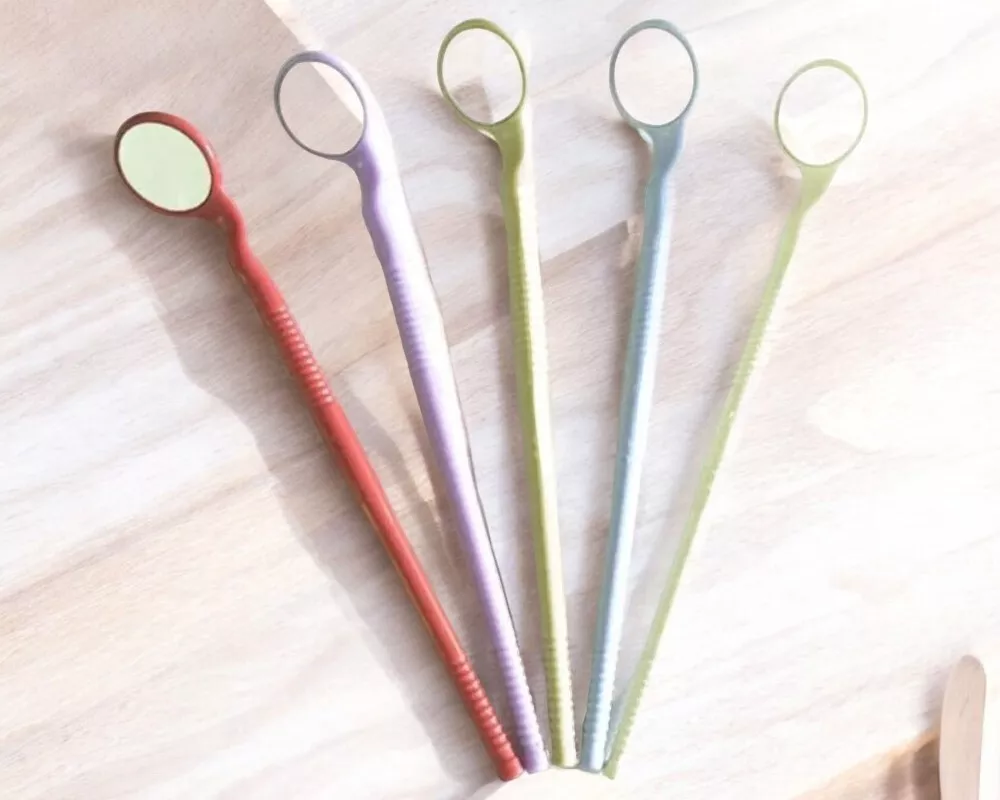

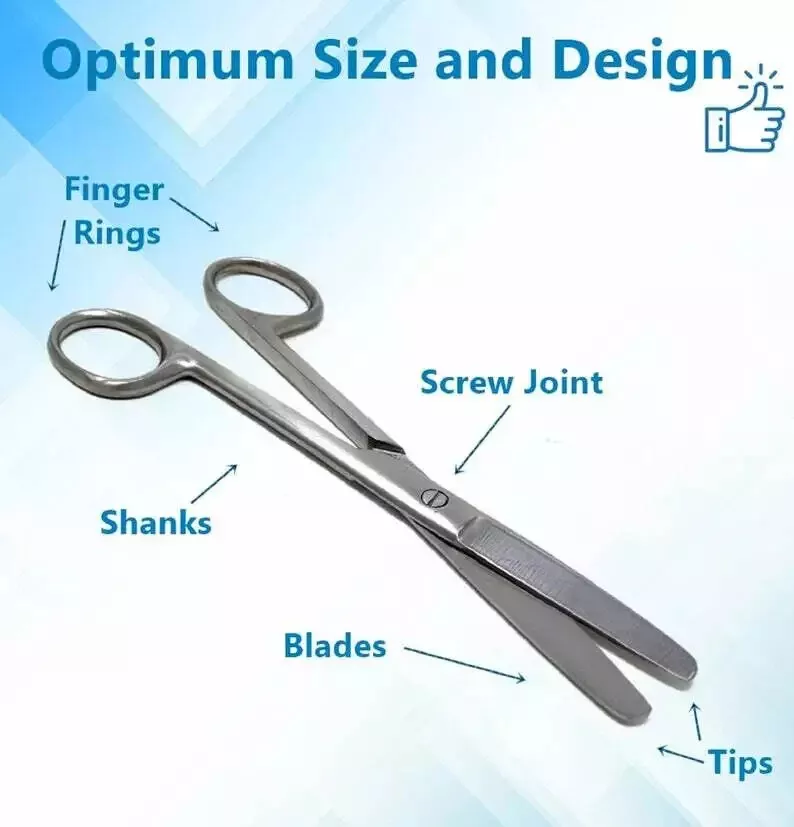

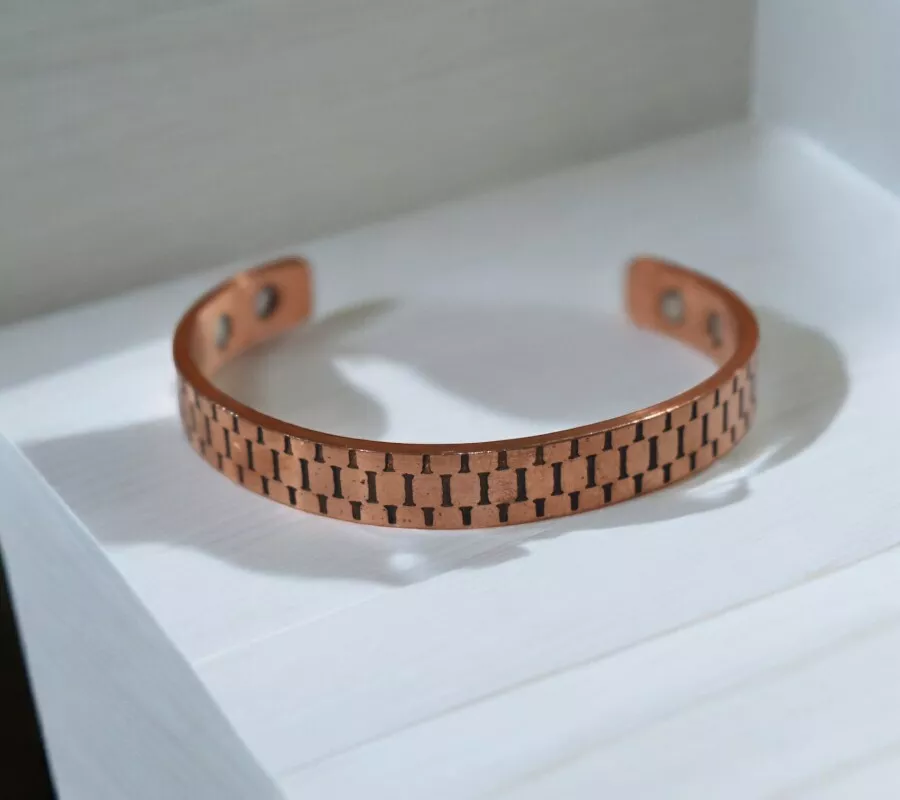

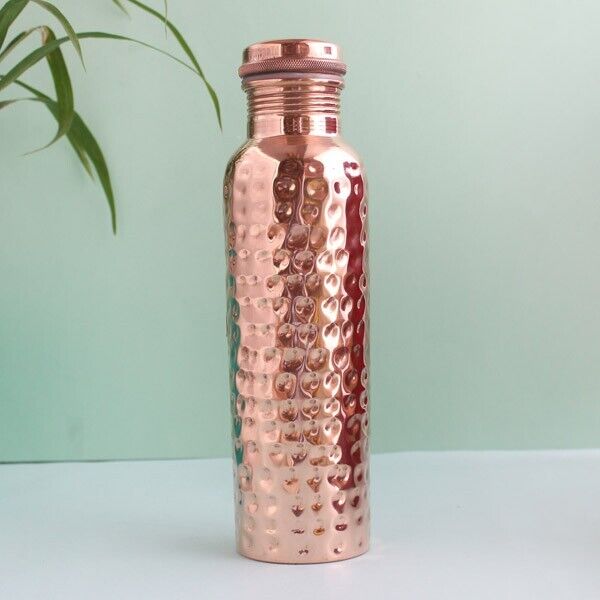




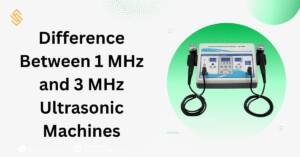
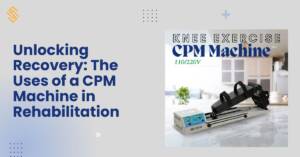

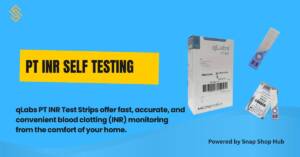




Add comment